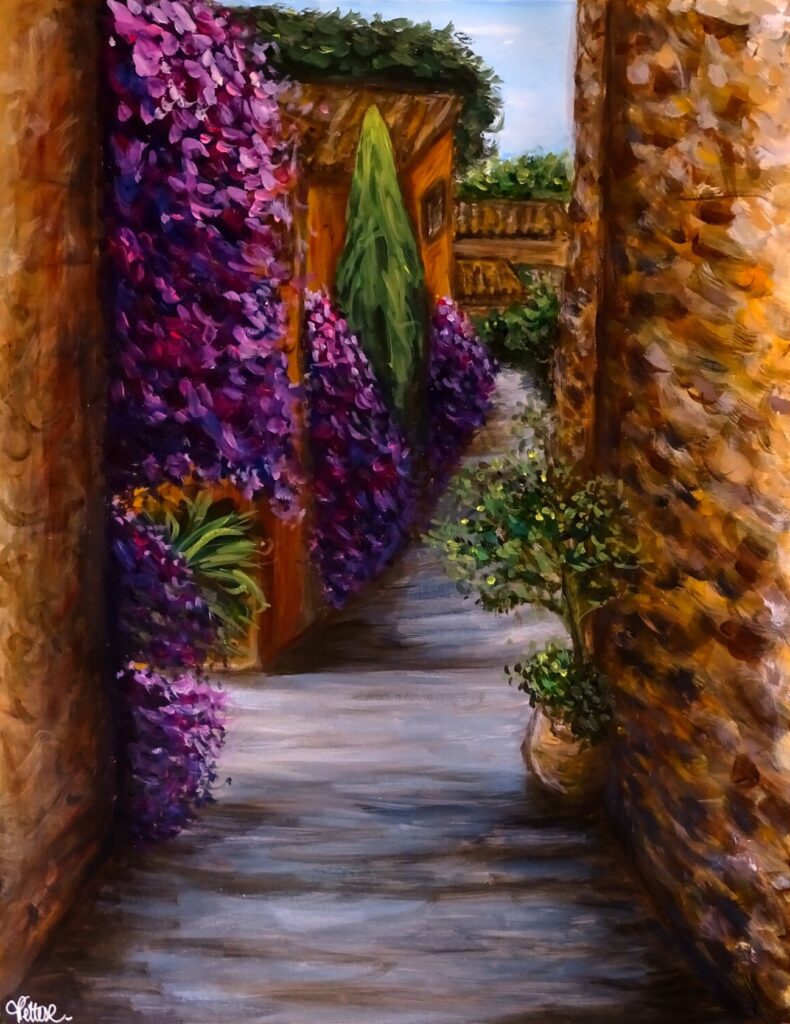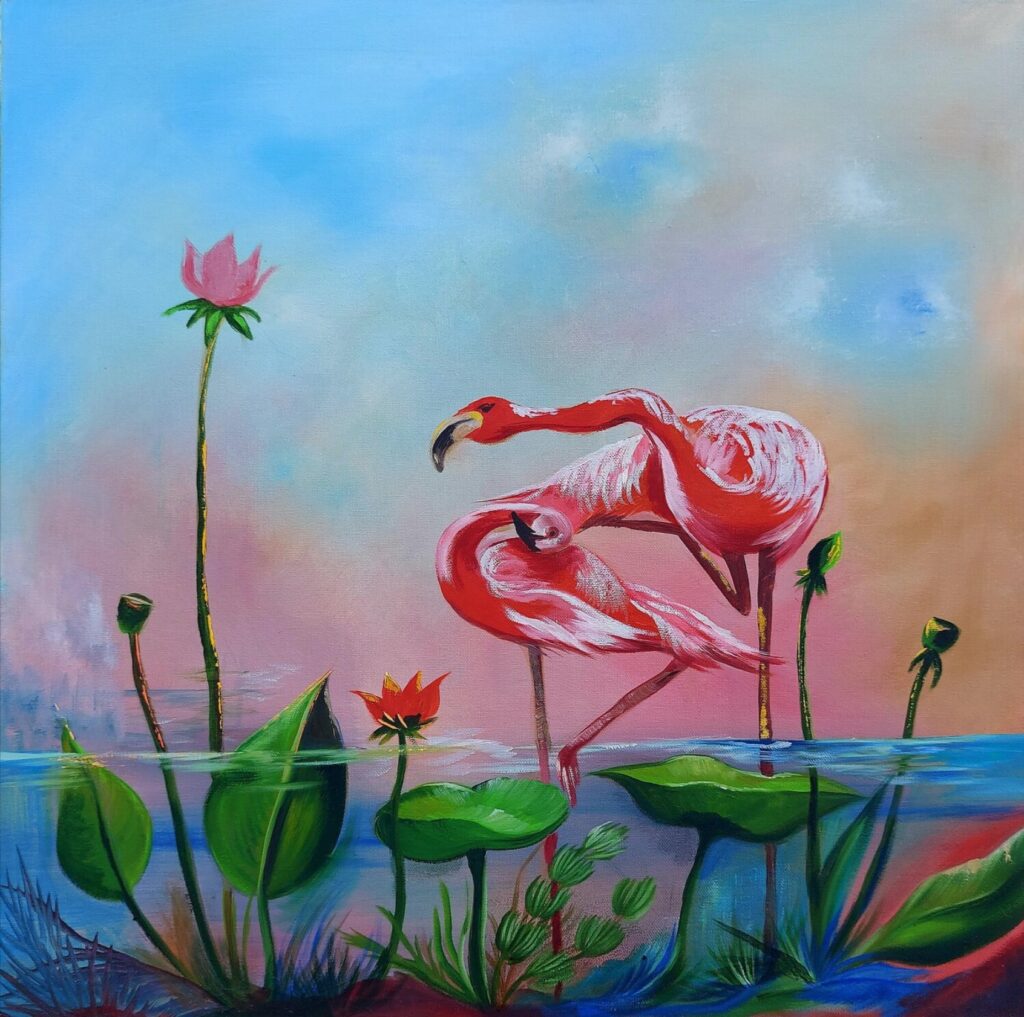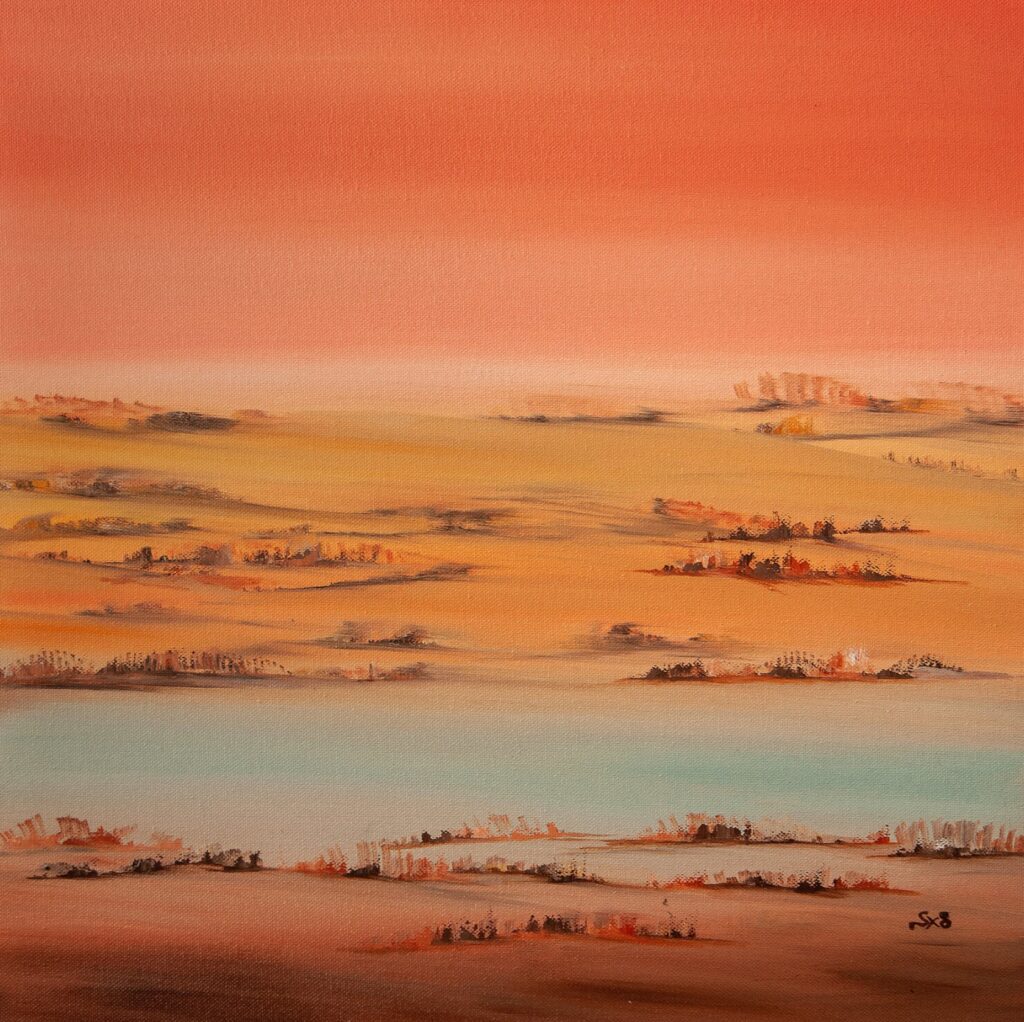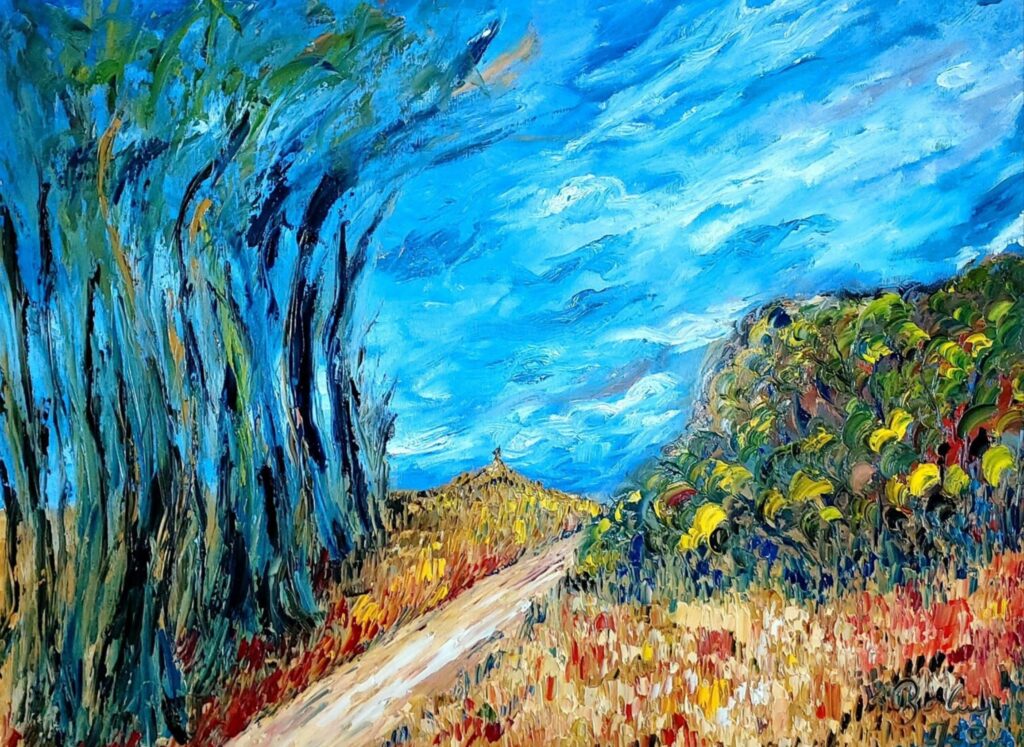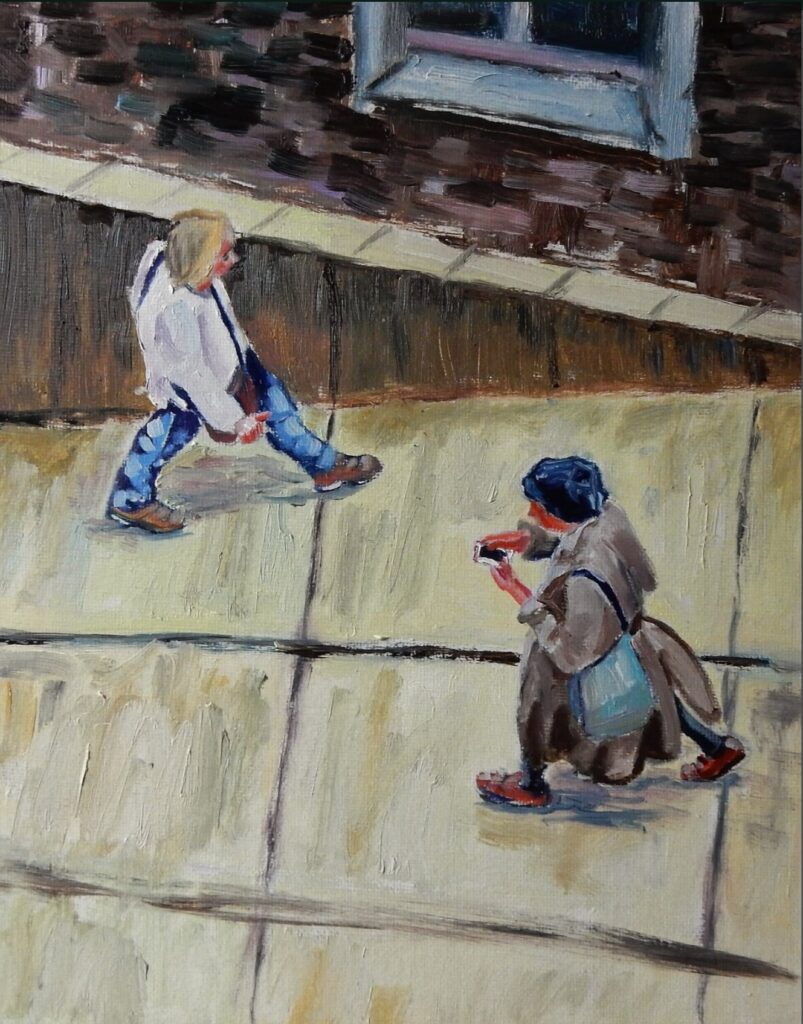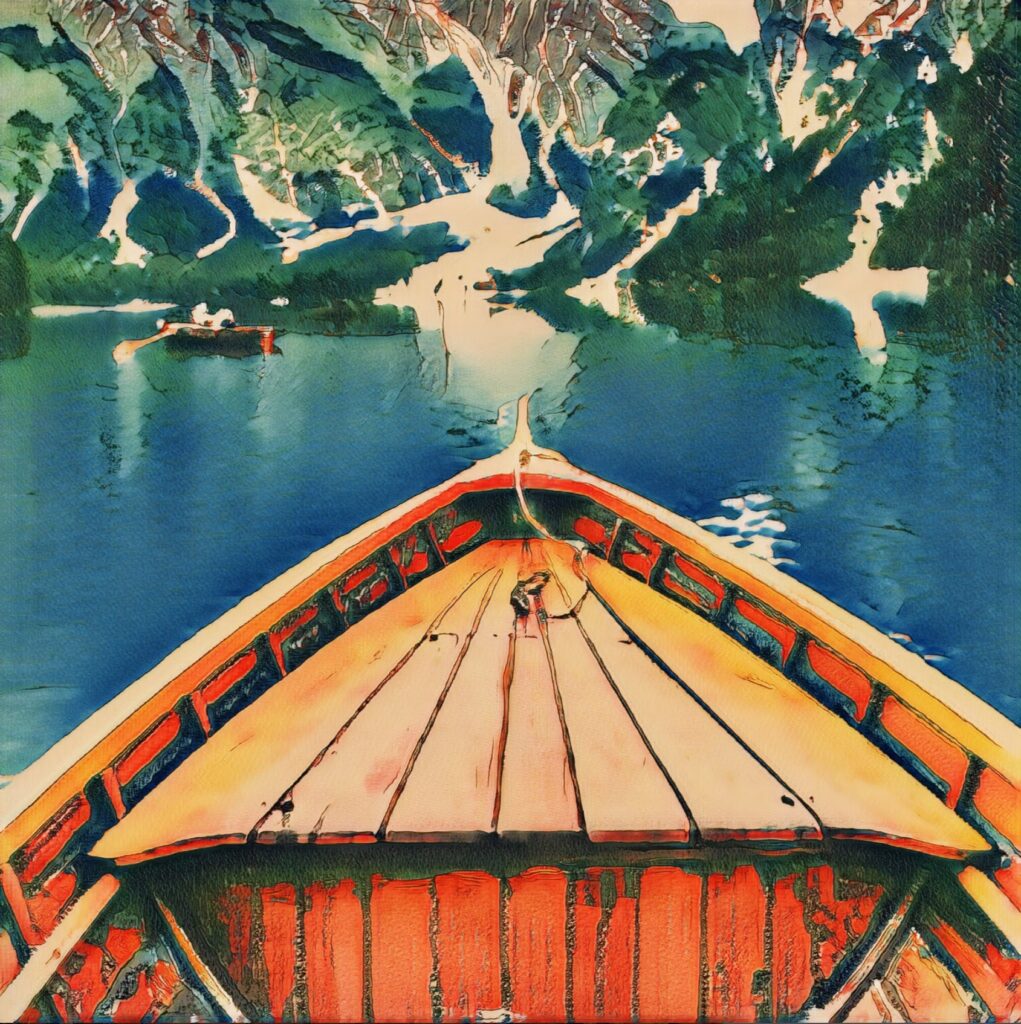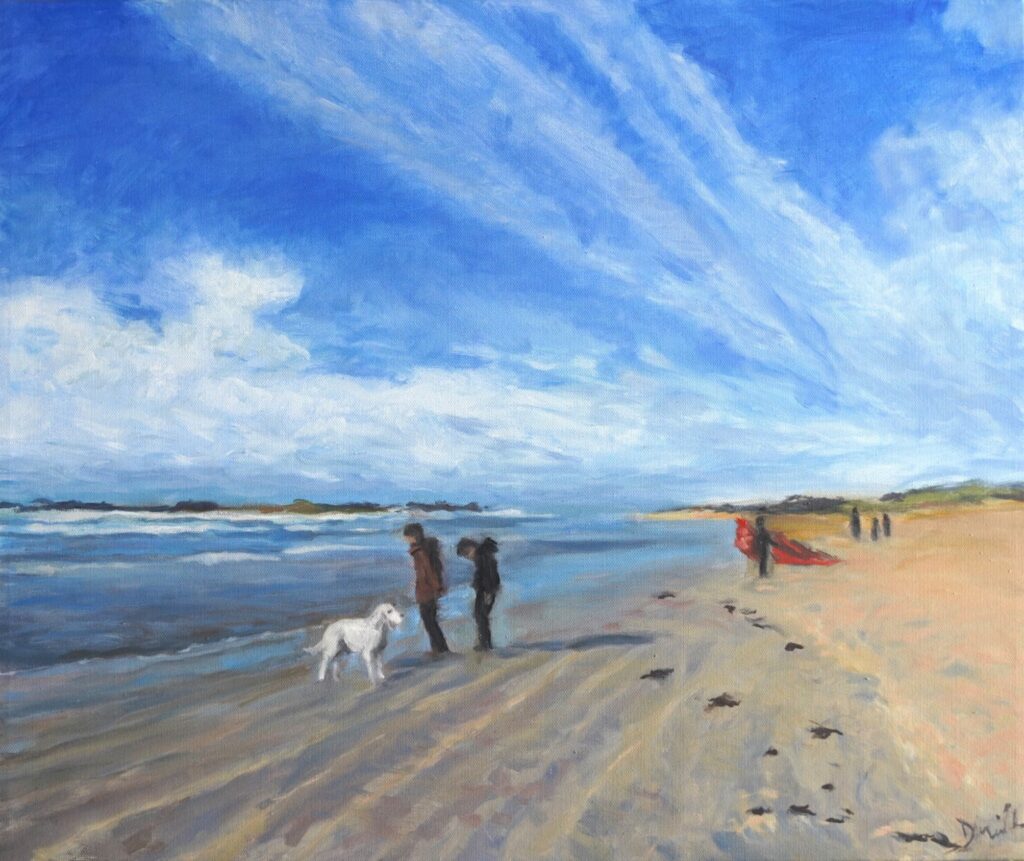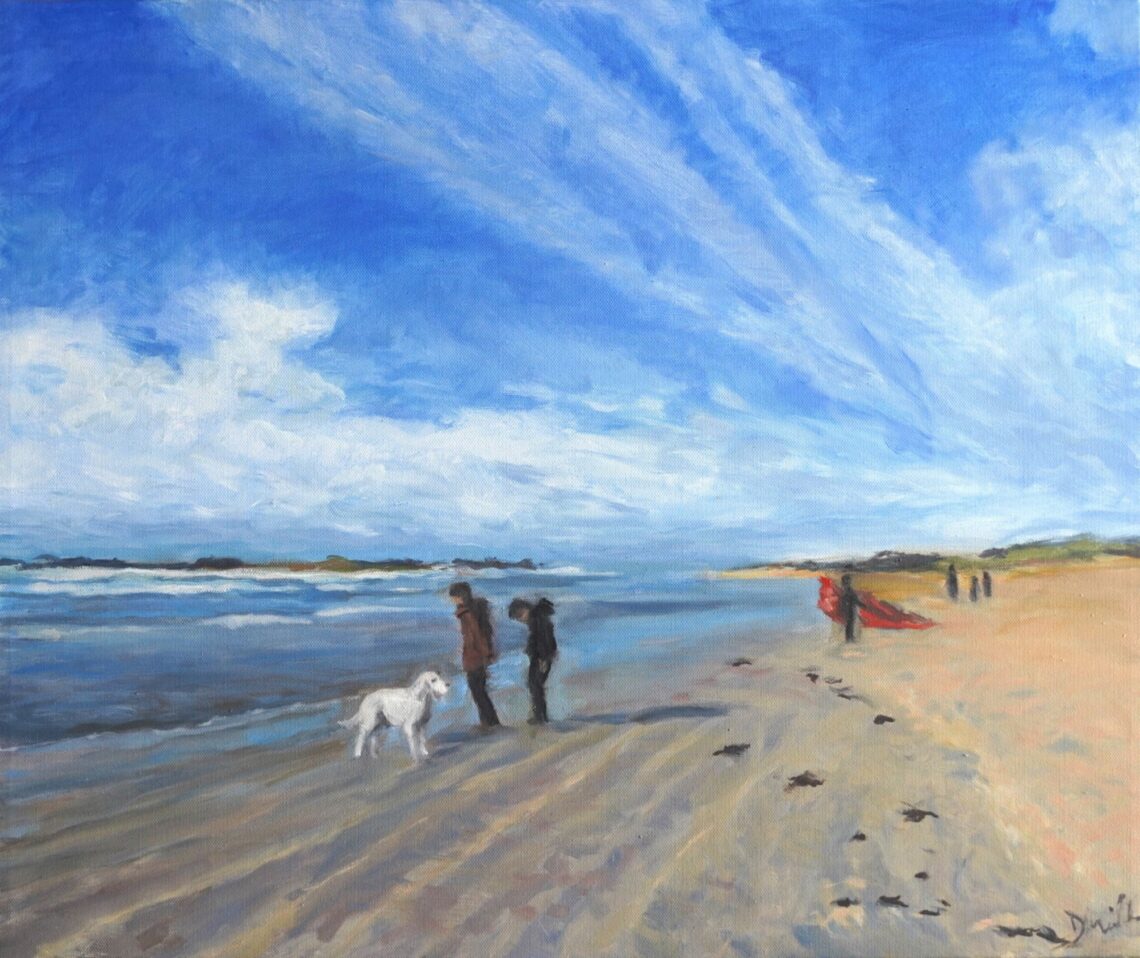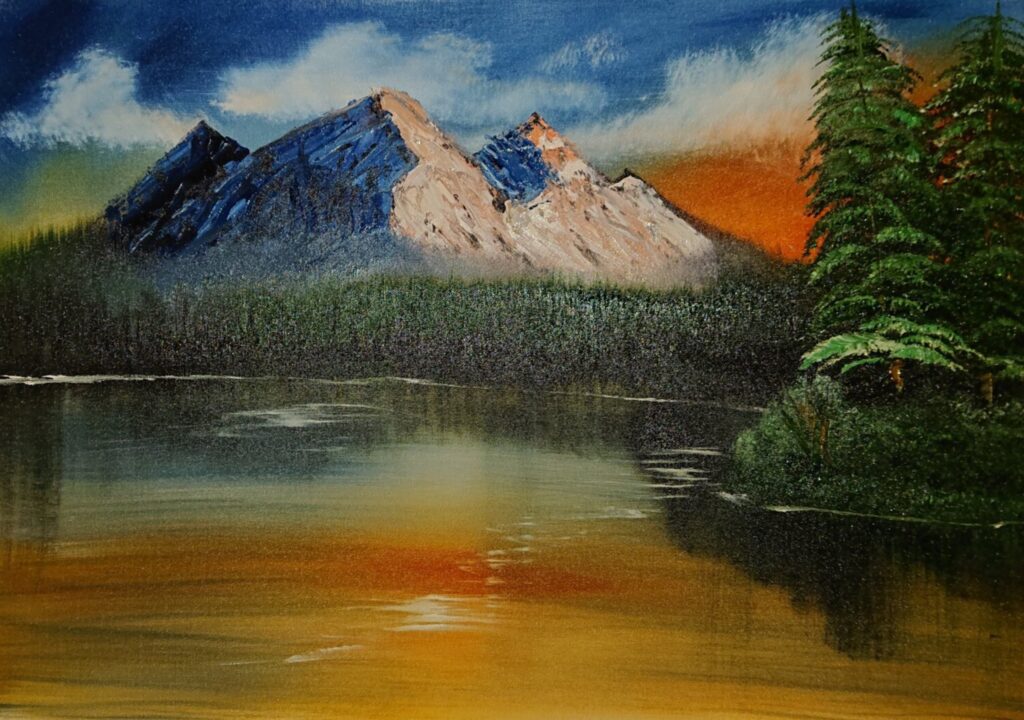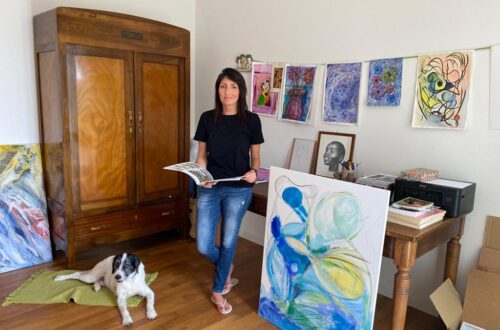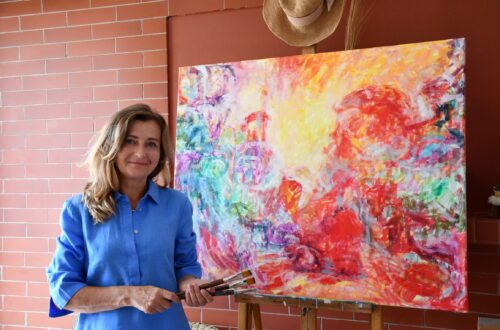Big news! Anyone can be an art analyst and critic. There’s no need to have gone to some fancy art school to analyze and critique a piece. Sure, to assess and capture the essence of a painting takes a keen eye. However, the technique in a general sense can be taught in just a few easy steps. It is all about asking the right questions, and searching for the answers in the work. With some practice, you can dramatically sharpen this skill. This is great for artists to be able to identify very specifically the elements that make a painting visually appealing. It is also important to art lovers, who can gain a deeper appreciation and understanding for why the painting was created the way it was! Let your friends at balthasart show you the crash-course on how to analyze paintings like a true art connoisseur!
What are the strongest visual elements?
Firstly, to truly ponder a painting, you need to get a feel for how the artist presents the objects of the work. Do you see more rigid or fluid shapes? How are the lines drawn, are they thick or more thin? What types of shapes dominate the forms? These are just some of the questions that can help identify the visual elements.
What’s the focal point of the artwork?
After identifying the visual elements, the next step when you analyze paintings is to identify the focal point. Ask yourself what the artist is emphasizing most in the work. This can be identified by tracking the most clear objects, the ones that your eyes settle on most when looking at the painting. What does the artist do to pull your gaze to those features? Be careful, an artwork can have more than one focal point sometimes! By noticing these features, we can transition smoothly to the next step.
What direction do my eyes take around the art?
You’ve now identified the focal point(s) of the painting, but what path did your eyes take to see it? Relax and look at the painting naturally. Take note of where you instinctively look first and track how your gaze transitions between the different elements. Think about why you look at the painting in this way!
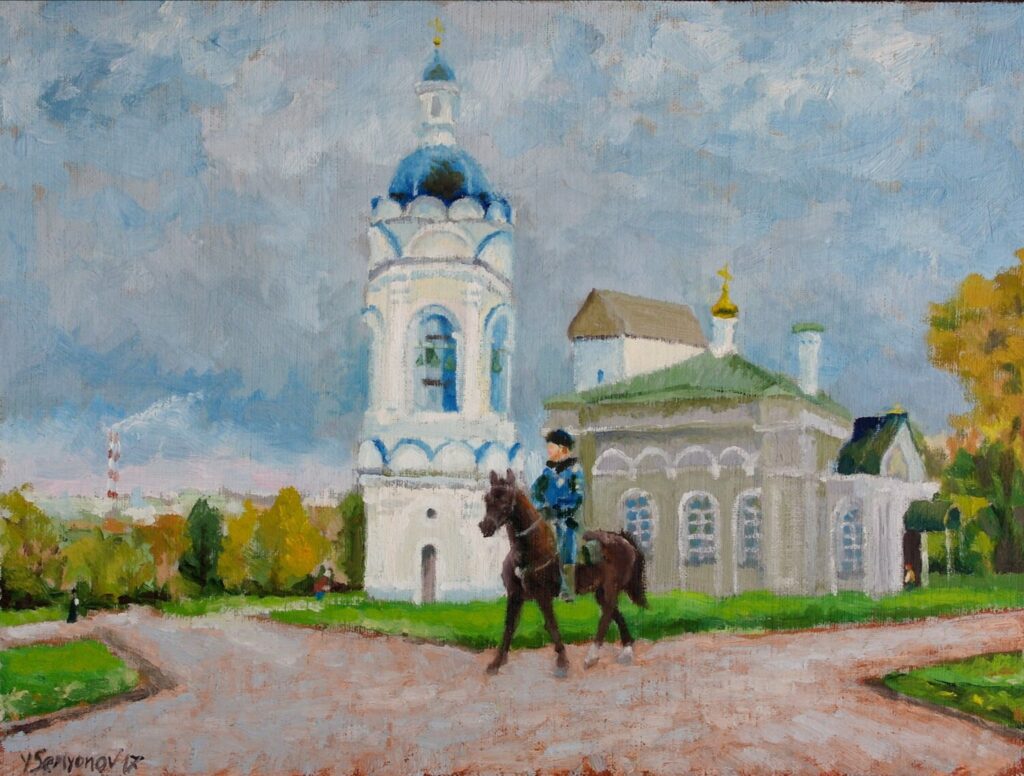
How do the different parts of the painting connect?
Now that you’ve successfully gotten an understanding of the visual elements, found the focal points, and tracked how your eyes naturally move across the painting. Now, think about what connects these elements together! Where do elements flow into each other, and at what points do they stop? How these elements interact is usually a quite intentional choice from the artist.
What’s the color scheme?
It’s impossible to analyze art without thinking about the color choices and how they are used! There are a few aspects of the color choices in a painting that are important to think about. What are the primary light sources? Are the colors warm, neutral, or cold? What colors are being clearly emphasized by the artist, and what could that signify? What about the saturation and hue of the colors? Is there a high contrast between them? Color choices can give a wealth of insights into the intentions of an artist.
What’s the notan structure and how are the brushstrokes?
Fancy art term alert! “Notan structure” refers to the balance of dark and light elements of the painting. Identify the balance of dark and light elements, and how much distinction is put between them. This also translates into the brushstrokes and paintwork the artist uses. For what elements and colors are the strokes the most strong? What ones have thinner strokes and a weaker distinction?
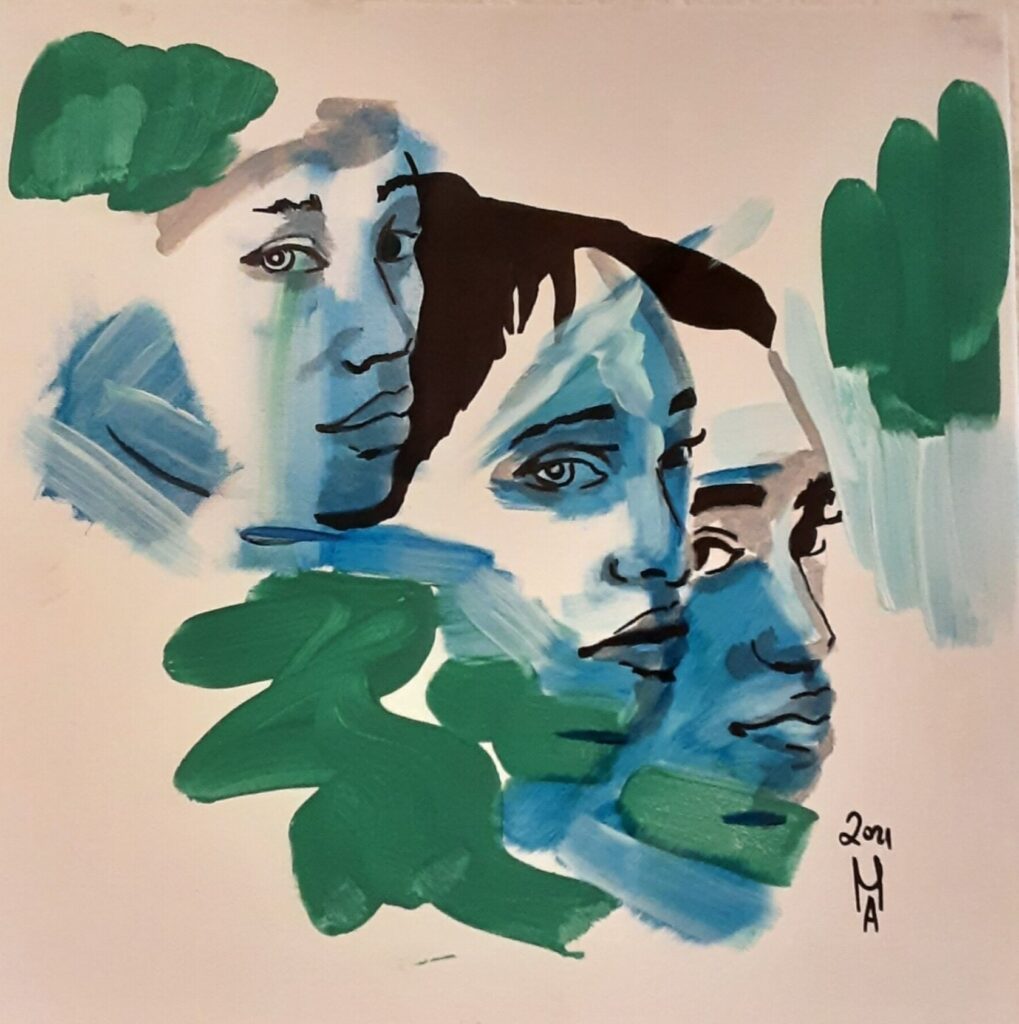
What’s the message the artist is trying to convey?
Finally, after summing up all the technical elements of the painting, think about the piece as a whole. What is the message or point of the work? What mood is the artist trying to convey to the onlooker? Reflect hard on this, or maybe even do some background research on the artist to help form your analysis!
What would I do differently if I were the artist?
Now, time for you to put your critic hat on! This wouldn’t be an art analysis without you giving your own opinion on the work! Identify what you like and do not like about the piece. Ponder on what you would do if you were the artist!
That is the balthasart crash course to analyze paintings like a real art historian! We hope you found this interesting and will practice the skill the next time you are at a museum, gallery, or even just looking at the artworks on your walls! To fill your life with more art to analyze, we have thousands of original paintings on balthasart! Enjoy a nice selections of paintings to ponder below!
